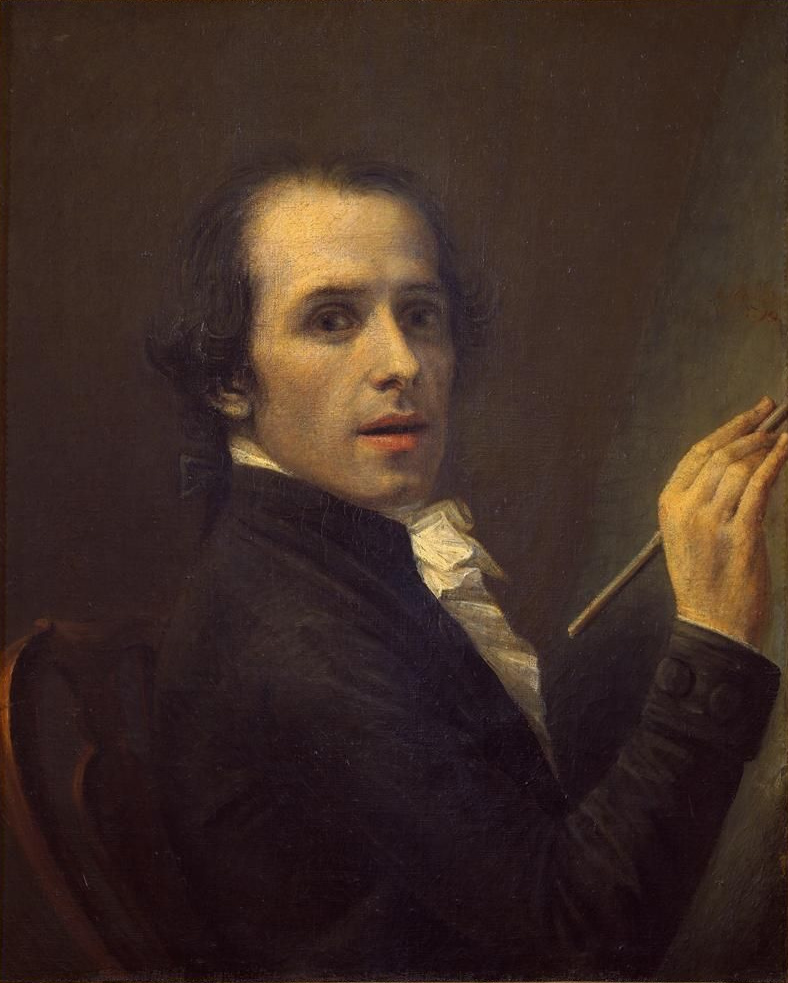 |
| Constantin Brancusi circa 1905 |
Constantin Brancusi was born in Hobitza, Gorj, Romania on February 19, 1876. He showed a desire to sculpt materials that he had access to from a very young age. It is said that he would take small pieces of wood and carve them into animals when he was a boy.
This love for art prompted Brancusi to obtain a large amount of education concerning all kinds of art, including architecture. He began his study of art in 1894 at the Scoala de Meseru in Craiova. He went on to study at the Scoala Nationala de Arte Frumoase in Bucharest in 1891. Following his education there he moved to Paris where he studied at the Ecole des Beaux Arts, beginning in 1905.
After school, Constantin Brancusi decided to remain in Paris. It was there that he sculpted his now famous works, The Kiss and The Muse. Constantin Brancusi’s first exhibit was held in Paris in 1906. He opened a shop there, where he lived and worked from 1925 to 1957. He became immersed in the art scene there and even created sculptures for the graves of some artists in Montparnassee Cemetery who had committed suicide.
The works of Constantin Brancusi were not only popular in Europe, but many of his pieces were showcased in exhibits in New York City as well. Some of his work was first showcased in New York City in 1913, from that time on he exhibited his work both in Europe and the United States. He became very popular in both scenes and remained so until his death in March of 1957. He died in Paris, the city that he had come to call home and is buried there at Montparnassee Cemetery.
Selected works by Constantin Brancusi
The Kiss (arguably his most famous piece) (limestone) (1908) Currently housed in the Philadelphia Museum of Fine Art
Mademoiselle Pogany (white marble) (1912) Currently housed in the Philadelphia Museum of Fine Art
Bird in Space (carved out of marble and finished with polished bronze) (1924) Currently housed in the Philadelphia Museum of Fine Art
A Muse (bronze) (1918) Currently housed in the Portland Art Museum in Oregon
Sources
Constantin Brancusi, retrieved 8/9/09, biography.com/articles/Constantin_Brancusi-9224236
Constantin Brancusi Biography, retrieved 8/9/09, biographybase.com/biography/Brancusi_Constantin
